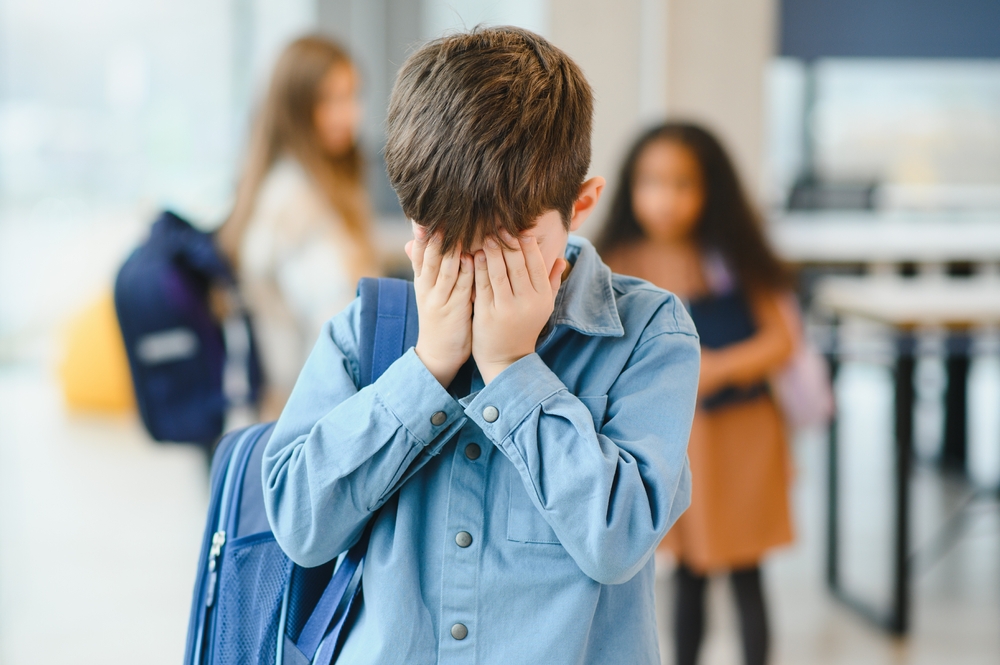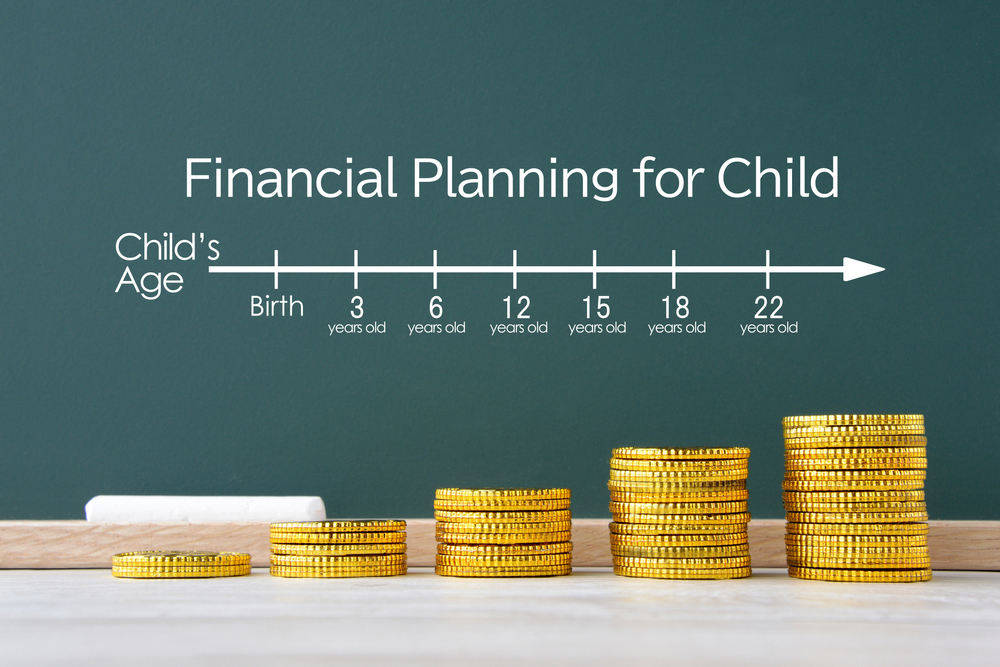Schools are supposed to be safe spaces for children to learn, grow, and build confidence. Yet too often, students who suffer from bullying find little protection or justice. Despite public awareness campaigns and anti-bullying laws, many schools continue to fall short when it comes to addressing the problem effectively. Parents and students alike are left wondering why administrators seem reluctant to act and what it truly takes to hold bullies accountable in an educational environment meant to nurture, not harm.
1. Ignoring Subtle and Emotional Bullying
Many schools only respond to visible acts of aggression while overlooking the quieter forms that can cause deeper emotional scars. Gossip, exclusion, and online harassment often fly under the radar because they leave no physical marks. Teachers and staff may dismiss these behaviors as “normal drama,” minimizing their lasting psychological effects. When schools fail to recognize emotional bullying as serious, victims are left feeling invalidated and unprotected. A comprehensive strategy to hold bullies accountable must start with acknowledging all types of abuse, not just the ones that make headlines.
2. Protecting the School’s Image Over the Student
One of the most common reasons schools fail to hold bullies accountable is the desire to protect their reputation. Administrators often fear that publicized incidents of bullying will reflect poorly on the district or affect funding and enrollment. Instead of addressing the issue transparently, they may downplay or even cover up incidents. This approach prioritizes public perception over student well-being, allowing patterns of bullying to continue unchecked. Real accountability requires courage from school leaders to prioritize truth and safety over image management.
3. Inconsistent Enforcement of Discipline
Even when anti-bullying policies exist, inconsistent enforcement undermines their effectiveness. One bully may receive suspension while another gets a simple warning for similar behavior, depending on who their parents are or how much trouble the school wants to avoid. This inconsistency sends a dangerous message that consequences are negotiable. When schools fail to apply their rules evenly, it erodes trust among students and parents alike. To genuinely hold bullies accountable, schools need clear, standardized responses that are applied fairly to everyone.
4. Overreliance on “Conflict Resolution”
Schools frequently turn to conflict resolution sessions or peer mediation as a way to address bullying. While these methods can help in certain disputes, they’re often inappropriate when there’s a power imbalance between bully and victim. Asking a child to “work it out” with their tormentor places emotional burden and responsibility on the wrong person. It implies both parties share blame when, in reality, one is being targeted. Instead of forcing reconciliation, schools should focus on protection, accountability, and prevention.
5. Lack of Staff Training and Awareness
Teachers are on the front lines but are rarely given the proper training to identify and address bullying. Without clear guidance, many staff members misinterpret warning signs or handle cases informally to avoid paperwork. Others may unknowingly escalate situations by telling victims to “toughen up” or “ignore it.” This lack of professional preparedness perpetuates harm and creates an unsafe environment. Regular training sessions and reporting systems are essential for any school that wants to truly hold bullies accountable and protect all students.
6. Failing to Support Victims After the Fact
Even when schools do intervene, many fail to provide long-term emotional or academic support for victims. Students who experience bullying often face anxiety, depression, or declining grades — yet after an initial investigation, they’re left to cope alone. The lack of counseling or follow-up care sends a message that the problem ends once discipline is administered. True accountability involves ensuring victims feel safe and supported enough to rebuild their confidence. Without that, even the best disciplinary systems fall short.
7. Dismissing Online Harassment as “Outside School Jurisdiction”
In the digital age, cyberbullying is one of the most damaging forms of abuse students endure. Yet many schools claim they can’t act if it happens off campus, even when the bullying spills over into classrooms and affects a student’s mental health. This outdated thinking allows bullies to exploit technology without consequences. Schools must update policies to reflect the modern realities of online communication. To effectively hold bullies accountable, administrators need to treat digital harassment with the same seriousness as face-to-face aggression.
Accountability Begins with Action
The failure to hold bullies accountable isn’t always due to apathy — sometimes it’s fear, denial, or outdated systems that prioritize convenience over compassion. But every time a school overlooks bullying, it teaches both the victim and the aggressor a painful lesson about power and justice. Real progress starts when schools acknowledge these failures and commit to stronger policies, staff education, and consistent enforcement. Until then, too many children will continue to suffer in silence when they deserve to feel safe.
Do you think schools are doing enough to hold bullies accountable, or have they lost sight of student safety? Share your thoughts in the comments below!
What to Read Next…
10 Kids’ TV Shows That May Be Reinforcing Bullying Behavior
8 Ways Children Are Hiding Cyberbullying From Adults
10 Signs Your Child Is Quietly Being Bullied by a Friend
Are Anti-Bullying Programs Making Kids Better or Just Sneakier?









